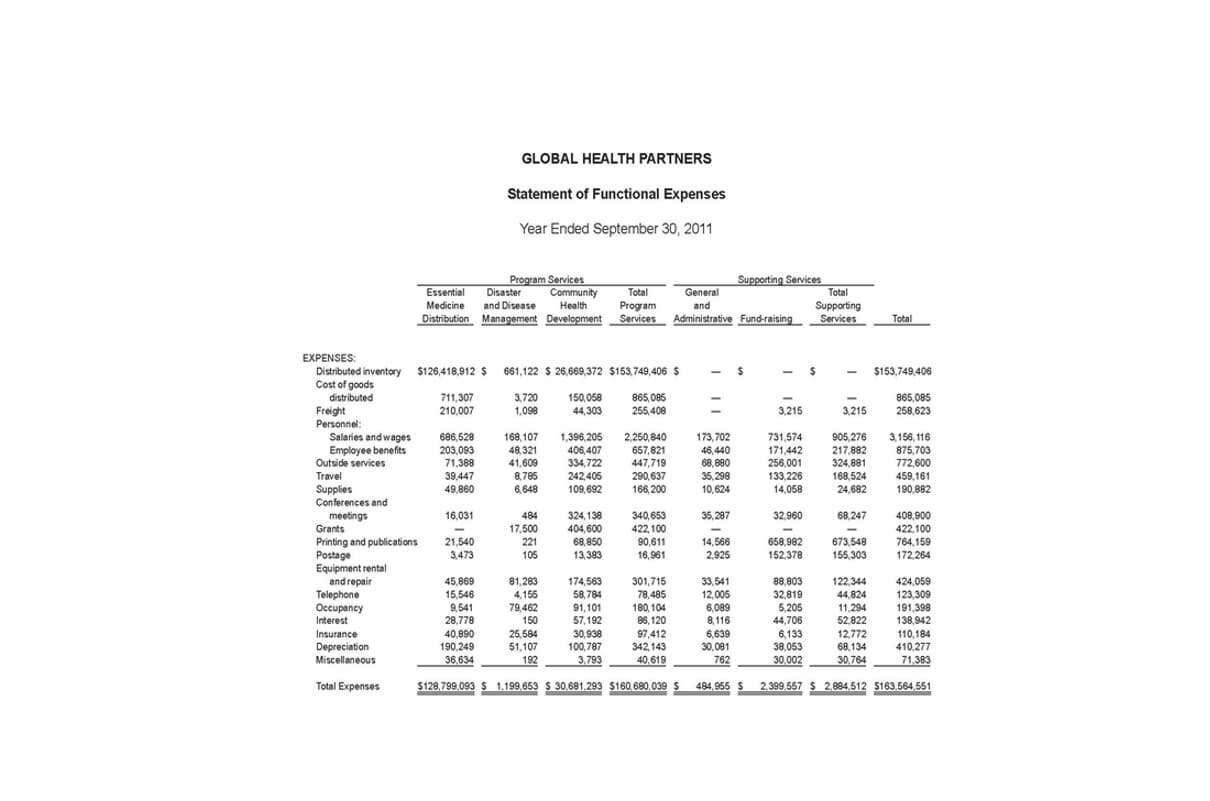
The Journal Entries are entered line by line into the Ledger and the balances are updated after each transaction. Double Entry Bookkeeping is here to provide you with free online information to help you learn and understand bookkeeping and introductory accounting. For the past 52 years, Harold Averkamp (CPA, MBA) hasworked as an accounting supervisor, manager, consultant, Travel Agency Accounting university instructor, and innovator in teaching accounting online.
Posting Journal Entries to the Ledger(T-Accounts)
- This is particularly important for small and medium-sized enterprises, where cash flow issues can have significant repercussions.
- Each account, such as Cash, Accounts Receivable, or Sales Revenue, provides a running balance for that specific financial element.
- Until such systems are widely implemented, account holders must anticipate delays and use tools like transaction alerts and online banking dashboards for greater transparency and control.
- When all entries are posted from the journal to the ledger, you get the desired information.
- Accurate posting dates enable companies to compare financial statements from different periods, which is essential for identifying trends and making informed decisions.
- When it comes to bookkeeping, posting dates are essential in ensuring accurate records of financial transactions.
- Transaction dates are the dates on which transactions are carried out by customers.
Discover how automation simplifies the posting process, enhances ledger accuracy, and ensures timely updates, reducing errors and maximizing financial reporting efficiency. Accountants should aim to post their entries at regular intervals, whether monthly, weekly, https://gccsalonjobs.com/how-much-math-is-required-for-a-degree-in/ or even daily, to ensure that the general ledger accurately reflects the company’s financial activity. These systems also reduce the risk of human error by automatically detecting inconsistencies in data entries. Using an accounting software program can streamline the entire accounting posting process, making it easier to maintain accurate records and track financial performance.
Without Journal Entries
- A strong grasp of the posted date concept enables individuals and businesses to maintain accurate records and make informed financial decisions.
- The procedural aspects of posting charges in hotels involve both front desk staff and a night auditor, supported by technology.
- For instance, if an invoice is dated October 1st with net 30 terms, the payment is due by October 31st.
- They provide a structured way to organize financial data, ensuring that every transaction is accurately reflected in the company’s financial statements.
- Inventory asset balance changes should align with physical inventory movements.
Transactions can be any activity that moves money into or out of your accounts — deposits and credits, withdrawals and debits, payments and transfers, and more. Posting refers to the way those transactions are applied to your account balance. To post a journal entry, the first step is indeed to identify the ledger account where the debited account will appear. The balance sheet of the previous year is the basis of making opening en- tries of the subsequent year. The first step in the accounting cycle starts by identifying events and analyzed them to see how they affect the accounting equation. After events are identified, they can be record in the general journal with a journal entry.

How often should I review my posted transactions?
Posting dates help to ensure that the company is compliant with accounting standards, and that all transactions are recorded in the correct period. When each entry is posted its ledger account the journal entry number is usually placed next to the entry in the T-account. This leaves and audit trail to follow back all of the entries in the ledgers back to the original entries in the journal. This process plays a crucial role in effectively allocating costs to specific revenue-generating activities, enabling accurate determination of profitability. It provides a comprehensive view of the company’s financial standing, aiding in making informed decisions about resource allocation and investment. Posting in accounting encompasses different types, including single-entry posting and double-entry posting, each with distinct methodologies for recording and organizing financial transactions.
The configuration of posting dates within these systems is guided by organizational policies and regulatory requirements. Businesses must adhere to reporting deadlines imposed by bodies like the SEC or the FASB. Accounting systems can flag transactions requiring immediate attention, ensuring compliance. They also offer customization to accommodate different fiscal calendars, whether a company operates on a standard calendar year or a unique fiscal year.

Pending vs. Posted Payment
In conclusion, post-accounting is essential for maintaining accurate, organized, and reliable financial records. Leveraging technology in post-accounting can increase the accuracy and efficiency of your bookkeeping. Using accounting software and automation tools for automated bookkeeping and invoice processing reduces any potential manual errors and speeds up transactions. Regular reconciliation ensures the accuracy of your company’s financial statements, supports better financial decision-making, and gives you confidence during audits or financial reporting. Implementing strong internal controls is key to preventing errors and fraud in post-accounting.

What is posting in transaction?
Modern accounting software, such as QuickBooks and SAP, automates post-referencing, enabling seamless transaction tracking and reducing human error. These tools generate audit trails and what does posting mean in accounting provide real-time updates, aiding both internal controls and external audits. Post references are essential in modern accounting, ensuring accuracy and efficiency in financial record-keeping.
Cash Flow Statement
By automating routine data entry, you can streamline operations, minimize human error, and focus on more strategic tasks. A well-planned closing schedule keeps your financial reporting on track and supports better decision-making. To illustrate the impact of posting dates, let’s consider a hypothetical scenario.
The first step in the posting process is to create sub-ledgers and general ledgers for the different transactions your company processes. Sub-ledgers contain detailed information about specific areas, such as accounts payable or inventory, while the general ledger contains a complete overview of all financial accounts. The posted date is particularly significant for credit card accounts, where it affects interest charges, payment cycles, and credit utilization.

Leave A Comment